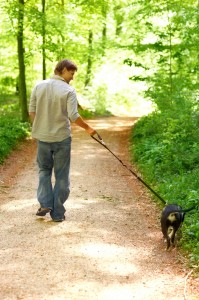If you’ve been stuck lifting the same weight, or doing the same aerobic training routine, THEN it’s time to pulverize that plateau.
Strive to do more. You don’t have to wait for us to deliver a new program to “change things up.” Exercise is about meeting your personal goals. If you aren’t satisfied with your results, take the reins and accelerate your program to suit your needs. We still advise that you maintain a moderate intensity, 55-60% max heart rate. With that said, there are unlimited ways to maintain this heart rate, on average, while still increasing the intensity and physiological benefit. If you want to challenge yourself with something new and increase your strength, as recommended by the American College of Sports Medicine (click to read “Breaking Plateau’s”), try a few sessions using this formula…
1) Warm-up with something you know you can do, easily. For example, if you are doing resistance training, perform 8-10 warm-up repetitions of a light weight for every exercise. For aerobic training, this translates to moving at a comfortable pace for 5 minutes and you should barely break a sweat.
2) Next, aim to increase the intensity (resistance or aerobic). This could be for the next set (resistance) or the next 5 minutes (aerobic). Select something that feels hard, and really push yourself because it is only for a brief duration.
3) Then, bring the intensity back down to a moderate level (harder than warm-up but easier than what you just did).
4) Increase the intensity AGAIN, back to a level that challenges your body. You should find yourself struggling towards the end of the set/5 minute interval. Note: If you aren’t struggling, you didn’t push yourself hard enough.
5) Relax with a long cool-down period (e.g., set of 20-30 light & easy repetitions, 8-10 minutes of slow walking).
Should We Take Breaks?
If your goal is to increase your endurance and heart health, there is no need to take long pauses in your workout. Of course, whenever you increase the intensity of aerobic or resistance training, your body will signal to you when you must take breaks, and the importance of these shorts breaks as well as cooling down after strenuous exercise can be read here. Try to break only when you must. Then, take full advantage of these opportunities as a chance to replenish water and energy lost during our workouts. It’s great to find workout buddies and engage in conversation at the gym (exercising with others is often, more fun), yet talking can lead to long delays and disrupt the flow of your exercise sessions. Getting chatty means you are providing less of a challenge to your body. If you want to push yourself to become more physically fit, get comfortable [with being uncomfortable] with fewer breaks in your exercise routine.



